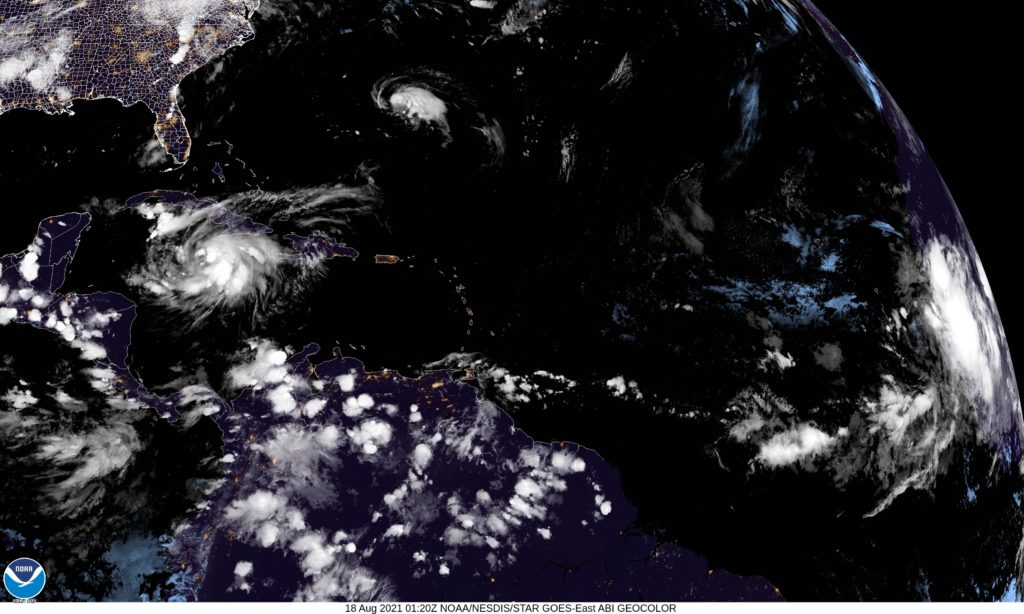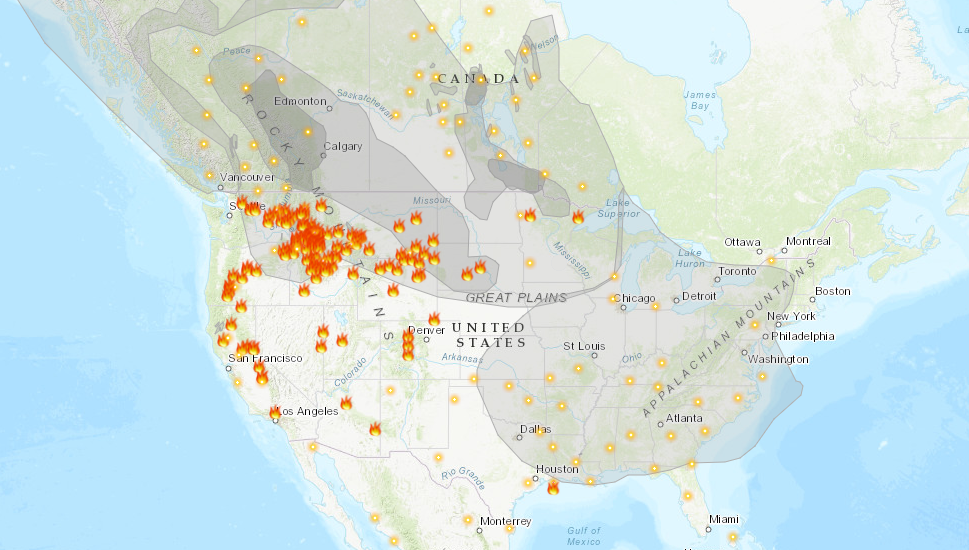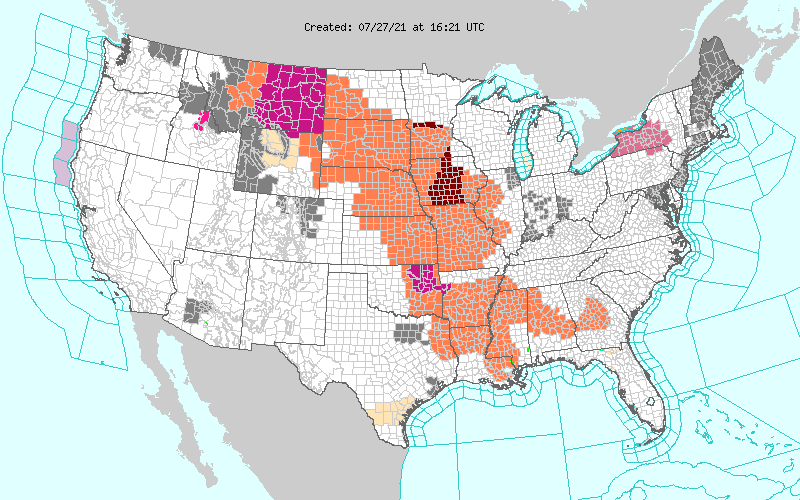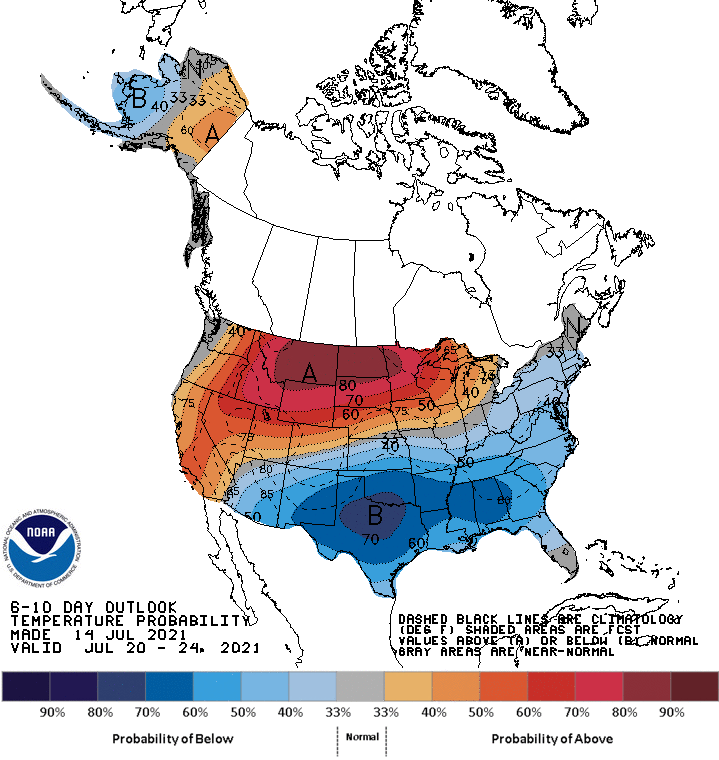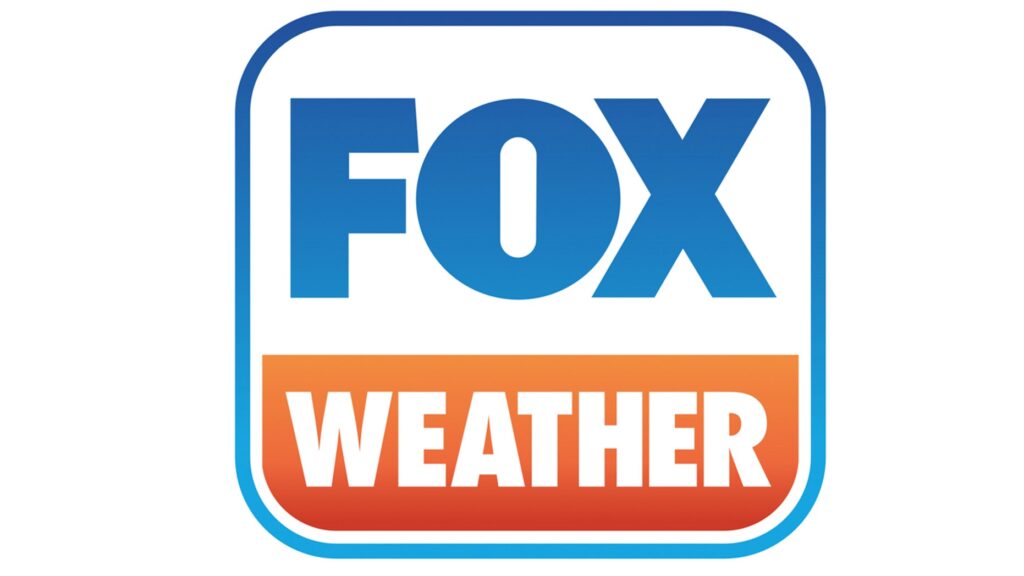
There will soon be another major player in the weather market. On Monday, Fox is releasing a new streaming weather service and app. They have a weather based website primed to launch as well, but it remains unclear if that will be a traditional site, or if it will host the streaming service.
Some of the features, like the long range forecasts, are silly, and are just ways to try to drive users to the site. The 3d graphics that are promised are a selling point, and the use of local meteorologists across the country is innovative and should bring about some local knowledge that drives effective forecasting.
The elephant in the room, as with all things these days, and particularly when Fox comes up, is politics. Fox News is notoriously conservative in it’s news choices, and that has filtered down into their other media resources. Fox Sports, when they provide analysis, skews conservative as well (If you don’t believe me, listen to Clay Travis just once), and there is a thought that Fox Weather might intend the same.
I think, though, there is space in the market for an explicitly conservative weather outlet, and given the format of the app and stream, it will likely mitigate the most antediluvian tendencies. While climate change is a fairly well grounded scientific principle, it is a political issue and is not well accepted by those with conservative political leanings. While some meteorologists share these stances, they have evolved into questioning the potential impact and appropriate course of action, rather than the veracity of global warming. Additionally, with the network leaning on local weather persons, who may not be directly employed by Fox, there is probably less imperative to follow the corporate mantra.
I think the compromise that we will see at Fox Weather is that, instead of talking about climate change and mankind’s role in the process, and needing to stake a position that may or may not be different than Fox News’ position, the topic will be unaddressed. Instead, Fox Weather, to claim that conservative weather client, will focus only on shorter term forecasts and breaking weather news.
With The Weather Channel leaning heavily into climate change coverage and activism, some people in tornado alley may have drifted away. Having a resource from a brand name they trust providing the important information, they may be more keen to tune in at or ahead of time. As long as the Fox Weather personnel opt for avoidance of the climate change topic rather than being pressured into giving misinformation, I think Fox Weather has a chance to be a benefit to the public safety of our country.
If the Fox Weather site becomes usable like other weather sites we use, there is a very good chance we will see it on these pages in the future. I will also make sure to get the app and will post online any thoughts that come to mind.




